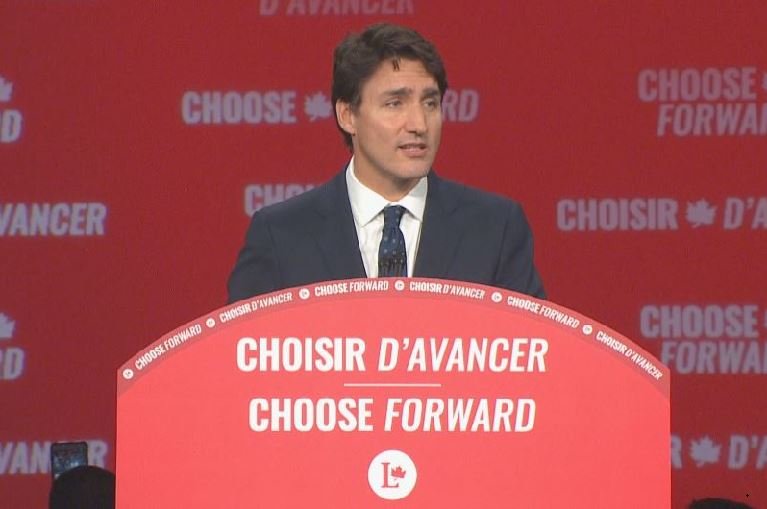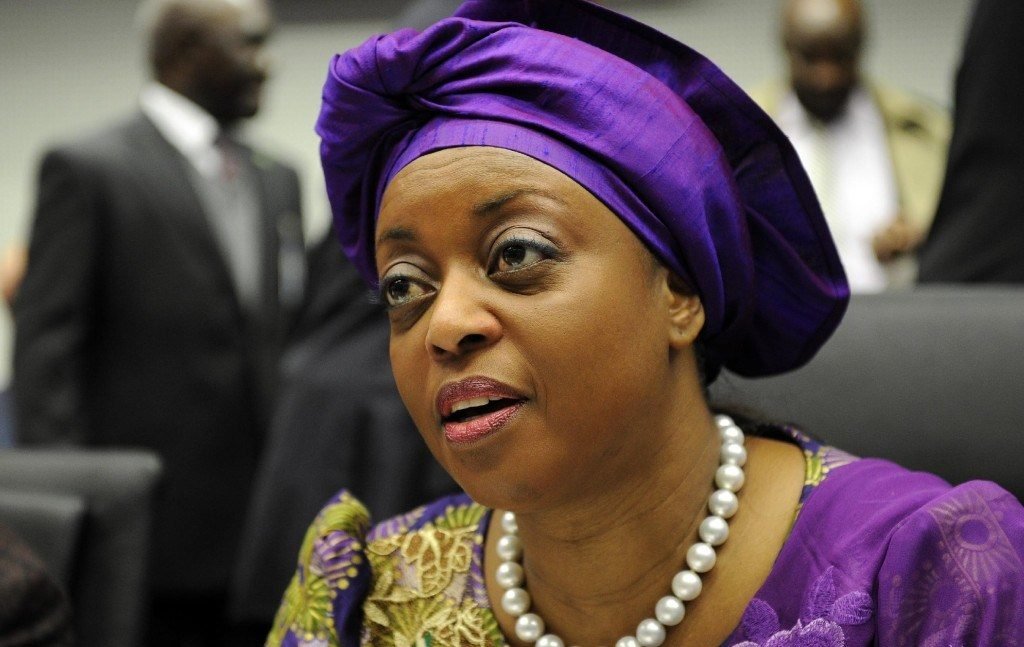The Canadian Government has announced its annual immigration plan on Wednesday in non-election years under the Immigration and Refugees Protection Act (IRPA), which is Canada’s main immigration law.
Citizenship and Immigration Canada (CIC) announced this on its website, noting that Prime Minister Justin Trudeau’s government will release the Immigration Levels Plan for 2024–2026.
The Immigration Levels Plan, according to CIC news, serves as a guideline for the number of new permanent residents admitted into Canada over the following three years under each of the three immigration classes: economic, family, and humanitarian.
The plan advances Immigration, Refugees, and Citizenship Canada’s (IRCC) purpose of strengthening the Canadian economy, reuniting families, and making Canada a safe haven for people fleeing oppression or other humanitarian crises.
The North American country set the record for new immigration admissions in 2022 with 437,000, and the aim for permanent resident admissions in 2023 grew to 465,000.
It stated that the Immigration Levels Plan 2024–2026 would be announced when the North American country unveiled a new approach to modernizing its immigration system.

On Tuesday, Canadian Immigration Minister Marc Miller recognized shortcomings in the country’s immigration system while outlining the foundations of a new strategy for modernizing the system.
Titled ‘An Immigration System for Canada’s Future’, the new strategy has three major goals, which are to create a more welcoming experience for newcomers, align immigration with labour market needs, and develop a comprehensive and coordinated growth plan.
Canada said it is working to make its clients’ experiences more pleasurable and user-friendly. The IRCC wished to better integrate the country’s immigration policies with its labour and skills agenda.

In addition, IRCC would build an integrated strategy involving all three levels of government in Canada to ensure that the country can provide appropriate housing, health care, and infrastructure to its rising newcomer population.
“We are maintaining targets of 485,000 permanent residents for 2024 and completing the final step to reach 500,000 in 2025. For 2026, we will stabilize permanent resident levels at 500,000 allowing time for successful integration while continuing to augment Canada’s labour market,” the Canada government said.
‘The government also plans to take action over the next year to recalibrate the number of temporary resident admissions to ensure this aspect of our immigration system also remains sustainable.
Highlights from the 2024-2026 Levels Plan include:
“A continued long-term focus on economic growth, with over 60% of permanent resident admissions dedicated to the economic class by 2025.
“A commitment to uphold the Government of Canada’s humanitarian support effort by responding to humanitarian and geopolitical crises around the world.
“New ambitious Francophone immigration targets to support Francophone communities outside of Quebec: 6% total immigration in 2024, 7% in 2025, and 8% in 2026. This is to strengthen Francophone communities outside of Quebec and ensure the economic prosperity of Francophone minority communities across Canada.
“We will continue to work closely with the provinces and territories, employers, stakeholders and Indigenous peoples to help Canada adapt to the reality of immigration-driven population growth. This approach is also guided by ‘An Immigration System for Canada’s Future’ – a report that lays out a pathway to strengthen our immigration system for newcomers, businesses and communities.
The IRCC added, “Together, these measures will continue to put people at the heart of our immigration policy and ensure newcomers have the resources they need, including settlement support and access to housing, to succeed in their new lives.”











